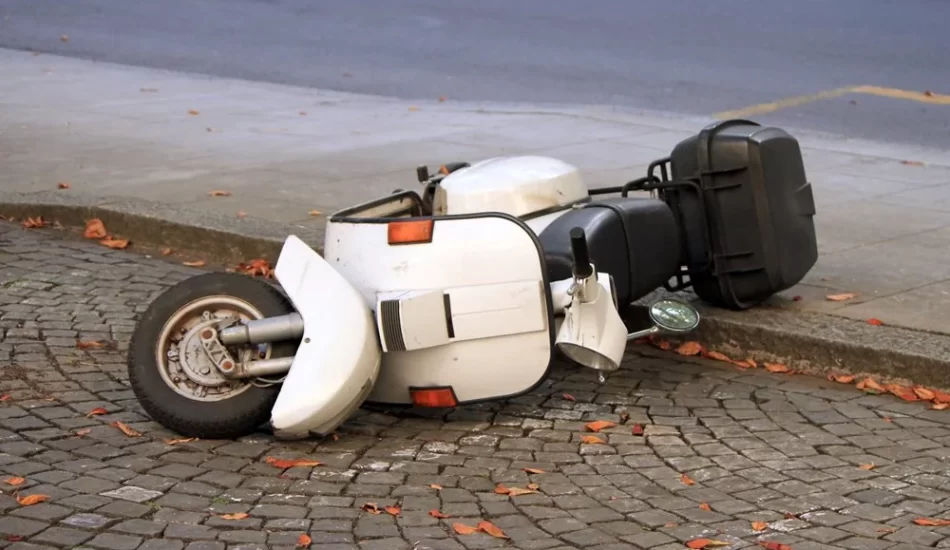Four Types of Motorcycle Accidents and How to Avoid Them

In 2019, the Insurance Information Institute reported that there were 8,596,314 registered motorcycles throughout the United States. That year, there were 5,014 fatalities from motorcycle crashes. The fatality rate per 100,000 registered motorcycles was 58.33. The aftermath of a motorcycle accident is often severe to deadly for the rider. This is especially true if riders are not wearing their helmet.
In 2017, it was estimated by the National Highway Traffic Safety Administration that helmet use is the reason that 1,872 motorcyclists survived their crashes. When using a helmet, drivers of motorcycles are 37% less likely to die in a crash, and passengers that wear a helmet are 41% less likely to perish in an accident.
Riding a motorcycle as a driver and passenger is an extremely risky activity. Despite this, new ownership and registrations continue to rise. It is not just mature males that are largely attracted to motorcycles any longer. These days while males aged 40 and up still make up the majority of motorcycle owners, there has been an increase in both female and college-educated owners of diverse backgrounds.
With a growing increase in popularity and sales, the number of motorcycles traveling about on the roads should also rise. Because the aftermath of motorcycle accidents tends to be so catastrophic, current and prospective owners should become familiar with the most common types of motorcycle crashes and tips for avoiding them.
How to Avoid a Motorcycle Crash
Knowing what perils exist ahead of time can help you better prepare should you find yourself in the same situation. There are actions you can take that may reduce your risk for a crash and devastating injuries or death when you are spending a day on the open road:
- Head-on collisions can happen when a driver of a larger car does not notice a much smaller motorcyclist. If the driver is not paying attention to the road, if they are inebriated, or if they are sleepy, their focus is not completely on the road which makes it easy to miss a smaller vehicle like a motorcycle. Motorcycles should keep their distance from oncoming traffic and favor staying on the right side of their lane or the right-most lane in a multi-lane highway.
- When cars turn left in front of a motorcycle this can cause the motorcyclist who is moving straight to slam into the car. Keeping extra alert and observing the car in an intersection that appears to have intentions to turn left can help you take extra caution knowing a car may unexpectedly turn left in front of you.
- Rear-end crashes can happen if a driver behind you is under the influence, speeding so much so they cannot stop in time, or are distracted. Motorcyclists should keep a good distance between cars so they do not slam into the back of one, and also to proactively move out of the way if a car is coming up from behind far too fast.
- Lane changes by larger vehicles can crash right into a motorcyclist. So keep aware of the cars around you that may appear like they are going to change a lane and that are using their blinkers. Also, stay out of blind spots when possible so you can keep some amount of visibility.
Speak with a Las Vegas Motorcycle Accident Attorney Today
If you were hit and injured in a Las Vegas motorcycle accident, please connect with the Las Vegas car accident injury attorney at the Aaron Law Group to discuss your situation during a free consultation. You can schedule your free consultation with the Aaron Law Group by calling (702) 550-1111.